
Dharamshala was definitely a highlight of the trip for me. The crisp mountain air was a nice change from the heat in Delhi, and I absolutely loved the scenery. The Himalayan foothills were beautiful on their own, but once the fog cleared and you could see the tops of the mountains with snow at the top, it was breathtaking. Aside from the scenery, Dharamshala was a very nice place to stay. I loved seeing the Tibetan culture sprinkled throughout the town. There were prayer wheels everywhere and we never got tired of spinning them. There were prayer flags hanging from trees and across the streets, which added some cheery color to our trip, and there were intricate paintings and carvings on the walls wherever you looked. I will definitely miss the undeniable beauty of Dharamshala.
One of my favorite parts of our visit, aside from the shopping, was the Norbulingka Institute. Norbulingka is committed to the preservation and continuation of Tibetan culture and arts. Our tour guide, Ravi, walked us all around and showed us different people working on traditional Tibetan crafts such as painting and woodworking. Of course, Norbulingka was just as well decorated as the heart of Dharamshala, where our hotel was located. There were prayer flags strung high above fish ponds made from stone, and luscious green plants that flanked stone steps leading to a Buddhist temple. The buildings were held up by amazing red columns with paintings that connected with the roof. We all took some amazing photographs, as one may have guessed. The temple was surreal. There was a 30+ foot tall Buddha statue at the center and Thangkas and tapestries depicting different stories of the Buddha.
Before leaving for Delhi, our last activity in Dharamshala was the Kora walk. On this walk, we were silent and allowed ourselves to reflect on what we’ve experienced so far on this trip, all while admiring the neverending beauty our surroundings had to offer. The Kora walk had some of the prettiest decorations I have ever seen. There were thousands of prayer flags and painted stones throughout the path, and the Tibetan dogs didn’t shy away from here, which made it all the better. I really enjoyed the Kora walk because it gave me some time to just enjoy nature and process all that has happened in the past two weeks. I truly hope I can come back to Dharamshala some day.
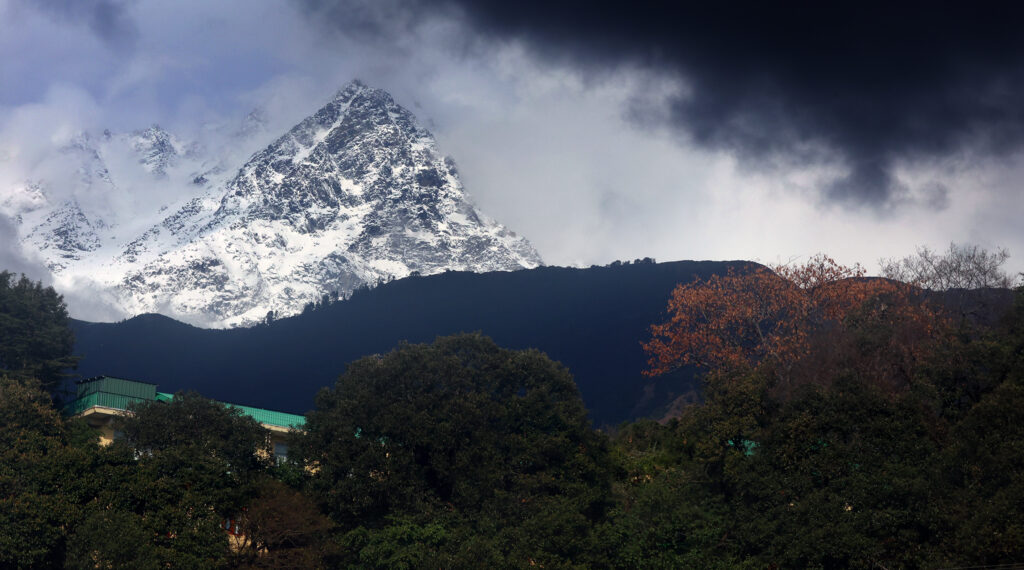

Today we left the Himalayan foothills to return to Delhi and ended our 3-ish day visit in the Tibetan-influenced city of Dharamshala. It was wonderful to stay and play at Sri Ram Ashram, and it was interesting to see the diversity and sites of Delhi, but when we arrived in Dharamshala I thought to myself, ‘This is a place I could easily live in.’
We stayed near the home of His Holiness the Dalai Lama in a town called McLeod Ganj, halfway up the mountain. Our hotel, the Serkong House, had balconies that simultaneously looked over the valley and looked up at the snow covered Himalayas. The foothills and mountains were jagged with long ridgelines and deep valleys in between them. But where the mountains were white and gray with snow and rocks, the foothills were green with splotches of color, populated by a dense layer of trees and broken by the occasional village or house. The air was cool and for the first time since arriving in India, clear. I was reminded of the high peaks in Yosemite National Park that gave way to rolling hills and a couple valleys. But unlike Yosemite, this was not just a park but the home of many Indian, Tibetan, and Himalayan tribal people.
McLeod Ganj is a rare kind of place and I still find myself thinking about its curious cultural position. It seems that at least a third of the people living there are monks who study at the temple adjacent to the Dalai Lama’s house. Many more Tibetan lay people also live there, drawn to the seat of the government in exile. Some are descendants of tribes who live in the mountains, and some are Indians from the surrounding state of Himachal Pradesh. On one hand McLeod Ganj is like the capital of Tibet. While China has taken over the Tibetan state, Dharamshala has acted as a beacon to many Tibetan’s searching to practice their religion freely and escape Chinese oppression. Dharamshala has become the home and archive of Tibetan things, people, culture, and religion. On the other hand Dharamshala is not part of Tibet, it is part of India. In a way all of the Tibetan refugees are visitors or guests in India. As Rinchen Khando, founder of the Tibetan Nun’s Project, talked to us about, Tibetans still yearn to reclaim their homeland. What does it mean to have a government and religious leader who people flock to, operating under the refuge of another government? What does it mean to have a culture carried on only by people and not by a specific place? What does it mean to watch as another government tries to strip your cultural home of its culture?
The situation in Tibet is horrible in many ways, but out of that situation a place like McLeod Ganj is born. Today we walked the Kora Circuit, a sacred trail that runs around the home of His Holiness The Dalai Lama. At one point the road branched off to a home for the elders and I saw many of them walking the loop, moving slowly but with resolve. I saw one sitting with two younger adults and talking, maybe even teaching them. I was struck by these elders; there seemed something resilient and encouraging about the walk they were taking. They were and are the custodians of Tibetan culture, it is possible that some of them had to escape Tibet themselves when China took over, and they are still walking their sacred trails.
I’m still not sure what all of this means, the resilient elders, the tragedy of Tibet, the cultural melting pot of McLeod Ganj, the Tibetan home away from home in Dharamshala, and the provided refuge, given by the Indian government. But I continue to think about it, and I continue to explore the situation in my mind with curiosity, sadness, and a touch of hope. I know there is something in all of that information, something to be learned, something to be changed about the world. In the meantime I present the pieces of observation to you.
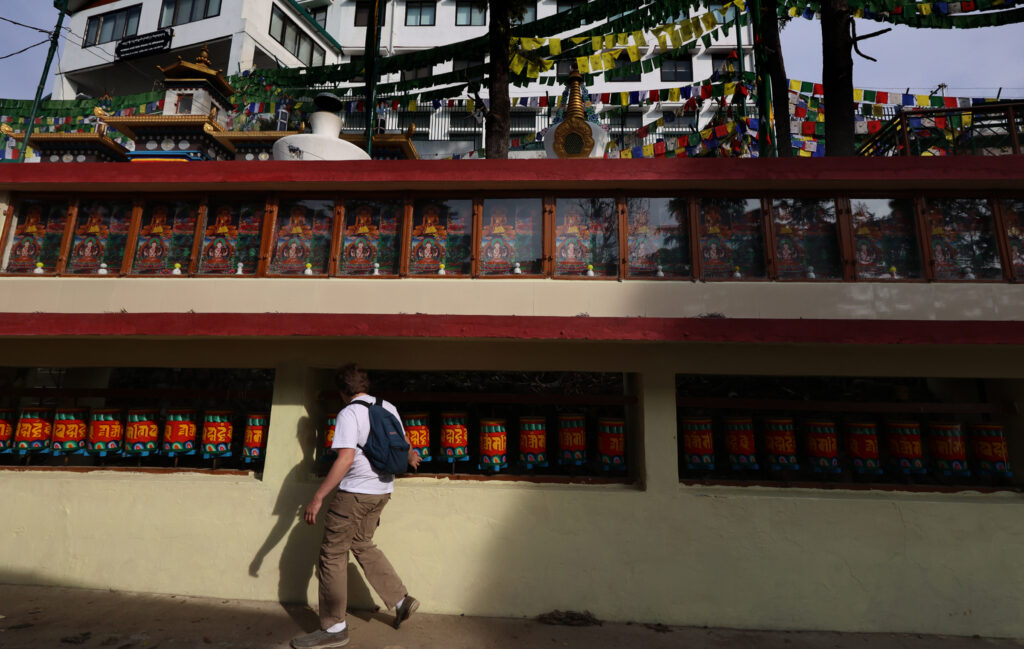
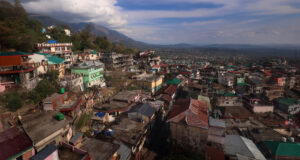
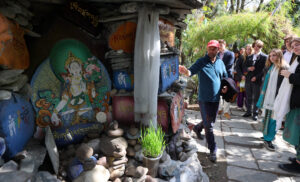
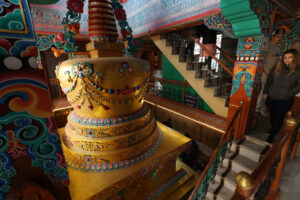
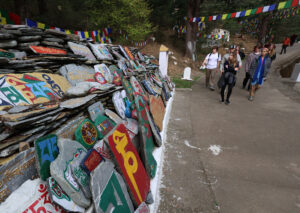
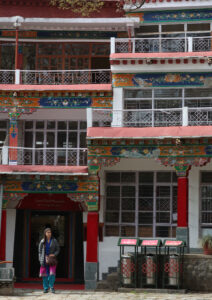
You must be logged in to post a comment.